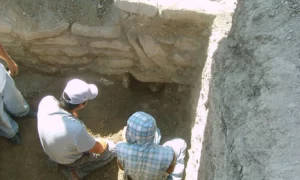Zazacatla is an ancient archaeological site located in the Mexican state of Morelos. It’s a pre-Columbian site that dates back to the early Formative period, around 1400-1000 BC. The site is significant for its early evidence of urban planning and complex society in the region. It provides insights into the early development of civilization in Mesoamerica, particularly the transition from nomadic to sedentary lifestyles.
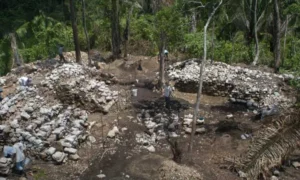
Pusilha
Pusilha is an ancient Maya archaeological site located in the Toledo District of Belize. It was once a thriving city-state within the Maya civilization, known for its unique stelae and intricate hieroglyphic inscriptions. The site includes a range of structures, such as pyramids, plazas, and a ball court, which offer insights into the political, social, and economic life of the Maya. Pusilha holds a wealth of information for understanding the complex history of the Maya people and their interactions with surrounding city-states.
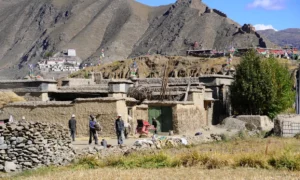
Valley of the Kings Tibet
The Valley of the Kings in Tibet, often less known than its Egyptian counterpart, is a site of great archaeological and historical significance. Nestled in the rugged terrain of the Tibetan plateau, this valley holds the key to understanding the ancient Tibetan civilization. It is a sacred burial ground for many of the Tibetan kings, whose elaborate tombs provide insights into the region’s past. The valley, with its complex of caves and burial mounds, stands as a testament to the rich cultural heritage of Tibet.
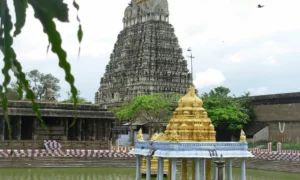
Chayavaneswarar Temple Sayavanam
The Chayavaneswarar Temple Sayavanam is a Hindu temple dedicated to Lord Shiva, located in the village of Sayavanam in Tamil Nadu, India. This ancient temple, rich in history and tradition, is a significant example of Dravidian architecture. It stands as a testament to the religious devotion and artistic skill of the Tamil people. The temple is renowned for its intricate carvings, towering gopuram (gateway tower), and the sacred tank believed to have curative properties. It has been an important pilgrimage site for centuries and continues to attract devotees and history enthusiasts alike.
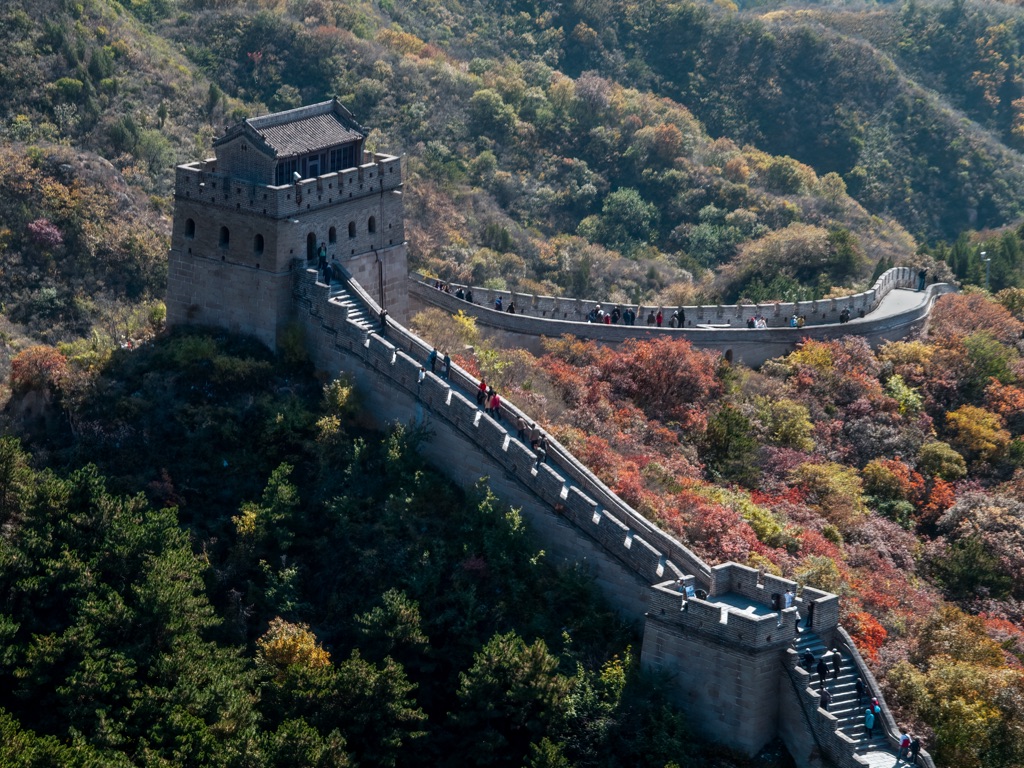
Great Wall of China
The Great Wall’s history dates back to the Spring and Autumn period when several walls were constructed. The first Emperor of China, Qin Shi Huang, is often credited with conceiving the Great Wall in its earliest form around 221 BC. He ordered the connection of several existing walls and the construction of new segments to fend off invasions. The wall was expanded and enhanced over successive dynasties, with the most extensive work occurring during the Ming Dynasty.
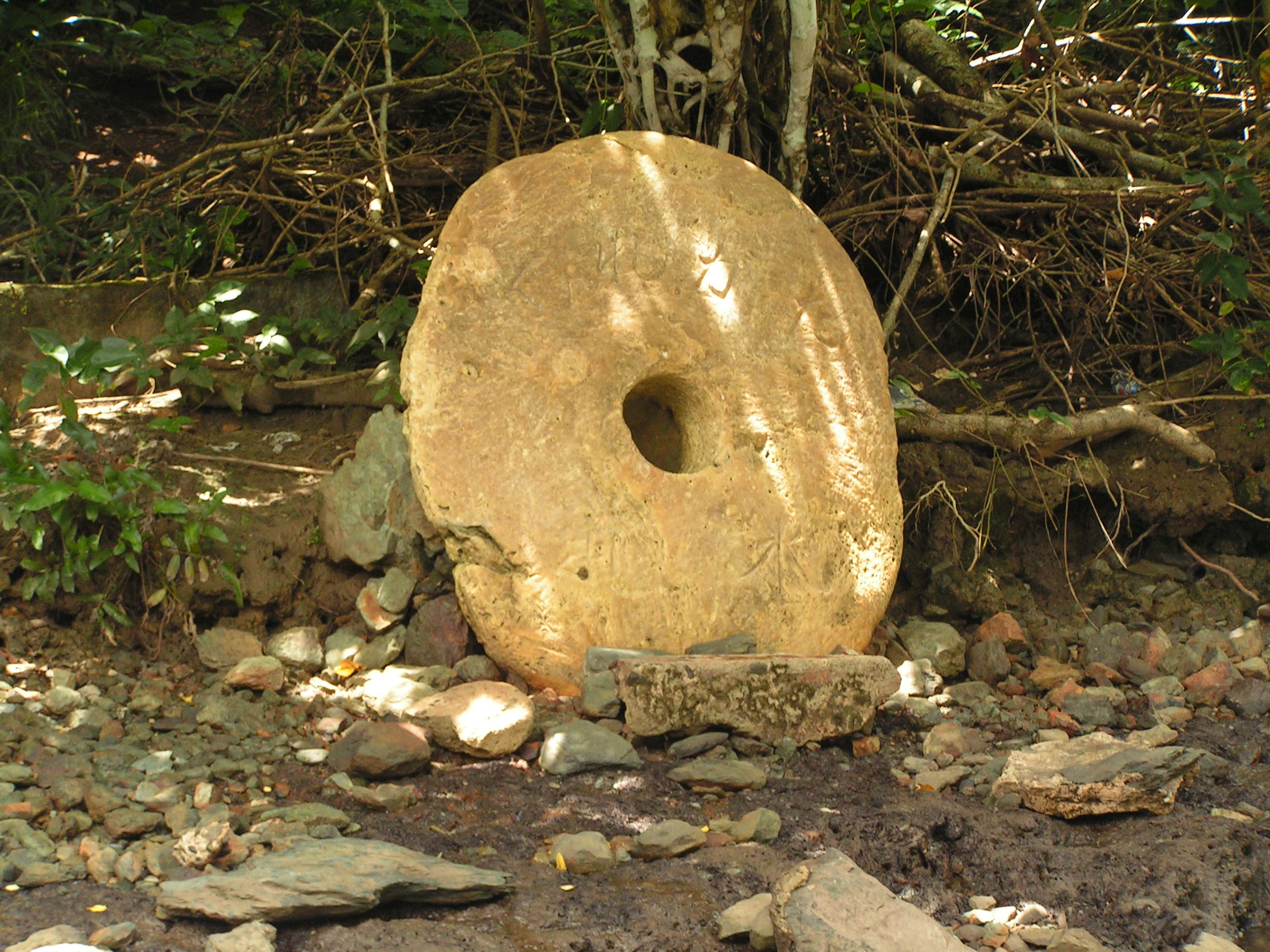
Money Stones Yap island
The Money Stones of Yap Island, also known as Rai stones, are a unique form of currency. They are large, circular stone disks with a hole in the middle. The Yapese people used them in the Micronesian island of Yap. These stones vary in size and value, with some reaching up to 12 feet in diameter. They are notable for their use as money, despite being cumbersome and often immovable. The Rai stones’ value is not only based on their size and craftsmanship but also on their history and the difficulty of obtaining them. They were quarried on distant islands and transported to Yap via canoe, which was a dangerous and labor-intensive process. This form of currency is a fascinating example of how different cultures have conceptualized value and wealth.

